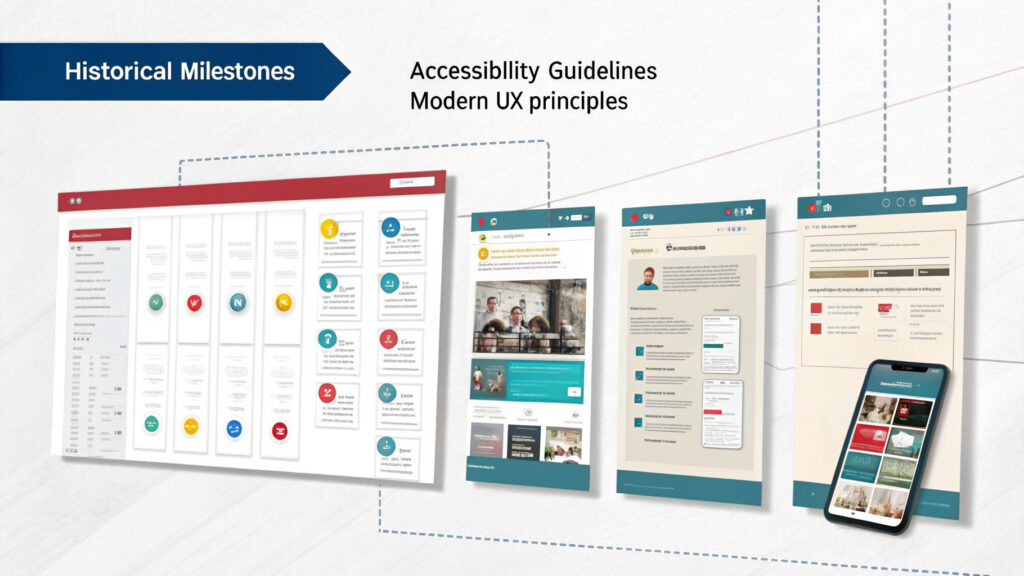
The digital world has given us a plethora of spaces to explore, and UX designers are no strangers to these uncharted territories. As we dive ever deeper into the rabbit hole, we find ourselves staring at a new beast – Augmented Reality (AR). If you were under the impression that designing for a 2D screen was an intricate dance, my friend, let me introduce you to the three-ring circus of UX Design in Augmented Reality.
It’s no secret that the UX design landscape is ever-evolving, constantly shifting under our feet like some pixelated quicksand. You could say it keeps us on our toes, or perhaps more aptly, on the edge of sanity. But with the entry of Augmented Reality, we’re not just stepping onto a new stage; we’re leaping onto a trapeze, blindfolded, with an audience of millions. No pressure, right?
So, what makes UX Design in Augmented Reality such a hot topic? Well, the answer is simple: it’s like nothing we’ve ever seen before. It’s a whole new ball game with its own rules and its own players. We’re no longer designing for static screens; we’re designing for a dynamic, immersive experience that blends the digital and physical worlds.
In the realm of AR, you’re no longer just a designer; you’re a magician, architect, psychologist, and a bit of a psychic. You have to anticipate the user’s every move in a 3D space, and manipulate digital elements to perform an enchanting dance at your command. I suppose “UX Design in Augmented Reality” could have been an alternate title for Harry Potter and the Sorcerer’s Stone, if you think about it.
It’s not just about creating a visually stunning panorama. The real challenge lies in making AR experiences intuitive, efficient, and enjoyable. Remember, you’re creating a hybrid reality where digital objects exist in the physical world. If you thought understanding user psychology was complex before, let me tell you, we’ve just scratched the surface.
A key aspect of UX Design in Augmented Reality is creating a sense of presence. Users should feel like they are part of the experience, not just passive observers. This requires us to rethink traditional design principles and come up with innovative ways to engage users. Now, isn’t that a pretty little puzzle to solve?
There are a few other considerations that make AR a different beast. First, the need for seamless interaction between the user and the augmented elements. Second, balancing the visual load to prevent cognitive overload – we don’t want our users to feel like they’ve been thrown into a psychedelic rock concert, do we? Lastly, keeping it real — the augmented elements should merge seamlessly with the real world, not stick out like a penguin in a disco.
Despite these challenges, UX Design in Augmented Reality has the potential to transform how we interact with the digital world. It paves the way for more engaging and immersive experiences. It’s a brave new frontier for us UX designers, and let’s face it, we’re all suckers for a good challenge.
So, buckle up, UX designers of the world. We’re stepping into a new era, an era where our designs won’t just exist on screens, but will co-habit with users in their physical space. It’s terrifying, it’s exciting, it’s a roller coaster ride that’s bound to keep us all on our toes.
In the end, UX Design in Augmented Reality isn’t just about crafting experiences; it’s about pioneering a new reality. A reality where the physical and digital worlds intertwine in a beautifully complex dance. A reality where UX designers are the choreographers, curating every step, every twirl, every leap in this exhilarating performance. So, are you ready to take the leap?


